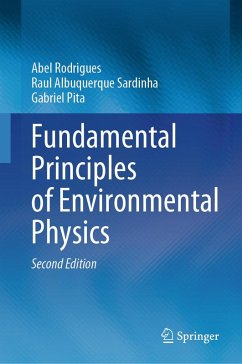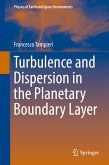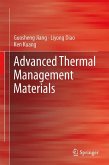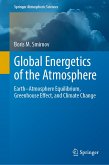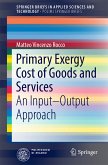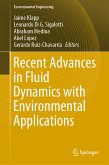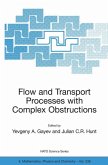• natural and anthropogenic canopies, including forests, urban or wavy terrains;
• fundamentals of heat and mass transfer;
• atmospheric flow dynamics;
• eddy covariance and aerodynamic approaches for quantification of atmospheric fluxes;
• global carbon budget;
• soil-water relationships;
• climate change; and
• the relevance of biochar as a global carbon sink.
Each chapter includes solved exercises, numerous illustrations, and tables. This refreshed and updated edition also contains a new chapter on soil-water relationships.
Dieser Download kann aus rechtlichen Gründen nur mit Rechnungsadresse in A, B, BG, CY, CZ, D, DK, EW, E, FIN, F, GR, HR, H, IRL, I, LT, L, LR, M, NL, PL, P, R, S, SLO, SK ausgeliefert werden.

